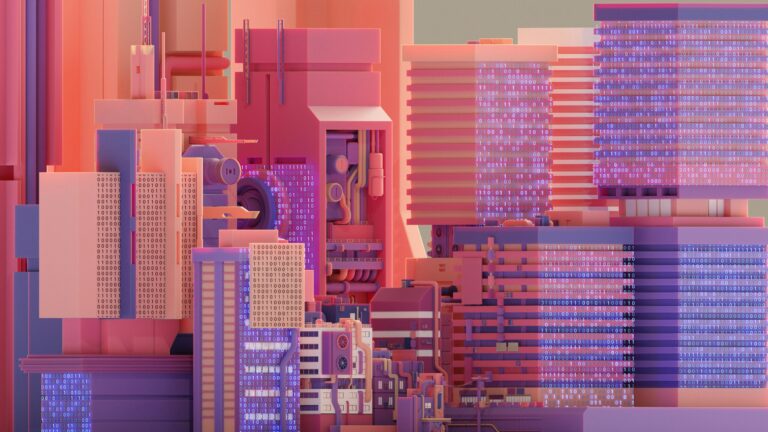The rise of mixed-use developments is reshaping urban landscapes, with cities adapting to evolving demands from residents, workers, and businesses. According to a recent report from the Urban Land Institute (ULI), this trend is rapidly gaining traction as developers, city planners, investors, and residents increasingly favor integrated spaces that combine residential, commercial, and recreational functions. These developments are being embraced as a solution to the changing way people live and work, reflecting the shift towards more flexible, connected, and sustainable urban environments.
A pivotal moment in this trend has been the growth of mixed-use complexes in cities like Chicago and San Francisco, where residential units are being designed alongside retail spaces, office buildings, and entertainment venues. These integrated spaces offer a convenient, self-contained lifestyle that appeals to a wide range of residents, particularly those seeking to reduce commuting time and enjoy a more balanced way of life. By combining work, home, and leisure in one location, these developments make it easier for people to access the services and amenities they need without leaving their neighborhood.
This movement is driven by several factors, including the ongoing demand for walkable communities and the desire for greater convenience in daily life. With the increasing popularity of remote and hybrid work models, more people are prioritizing the ability to live and work in the same area. Mixed-use developments offer the flexibility to live close to work, shopping, dining, and entertainment options, all within walking distance. This design not only promotes a more sustainable lifestyle by reducing dependence on cars but also contributes to the creation of more vibrant, lively neighborhoods.
The impact of mixed-use developments is expected to be long-lasting, shaping the future of urban planning. As more people seek environments that provide a blend of activities and services, the demand for these types of spaces is likely to increase. Developers are responding by focusing on creating communities that are both functional and engaging, where residents can live, work, and socialize without the need for long commutes. These developments are also contributing to the revitalization of underused urban areas, transforming them into dynamic, thriving hubs that cater to a variety of needs.
In the future, mixed-use developments could become the standard approach in urban design, setting a new precedent for how cities are built and experienced. By focusing on accessibility, sustainability, and community integration, these projects are not only meeting the current needs of residents but also shaping the way cities will evolve to accommodate the changing nature of work and lifestyle. As cities continue to adapt to these shifts, mixed-use developments will play a central role in creating more vibrant, sustainable, and connected urban environments.
